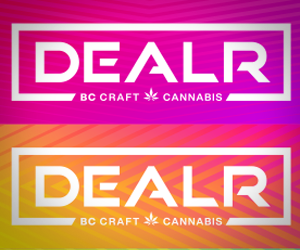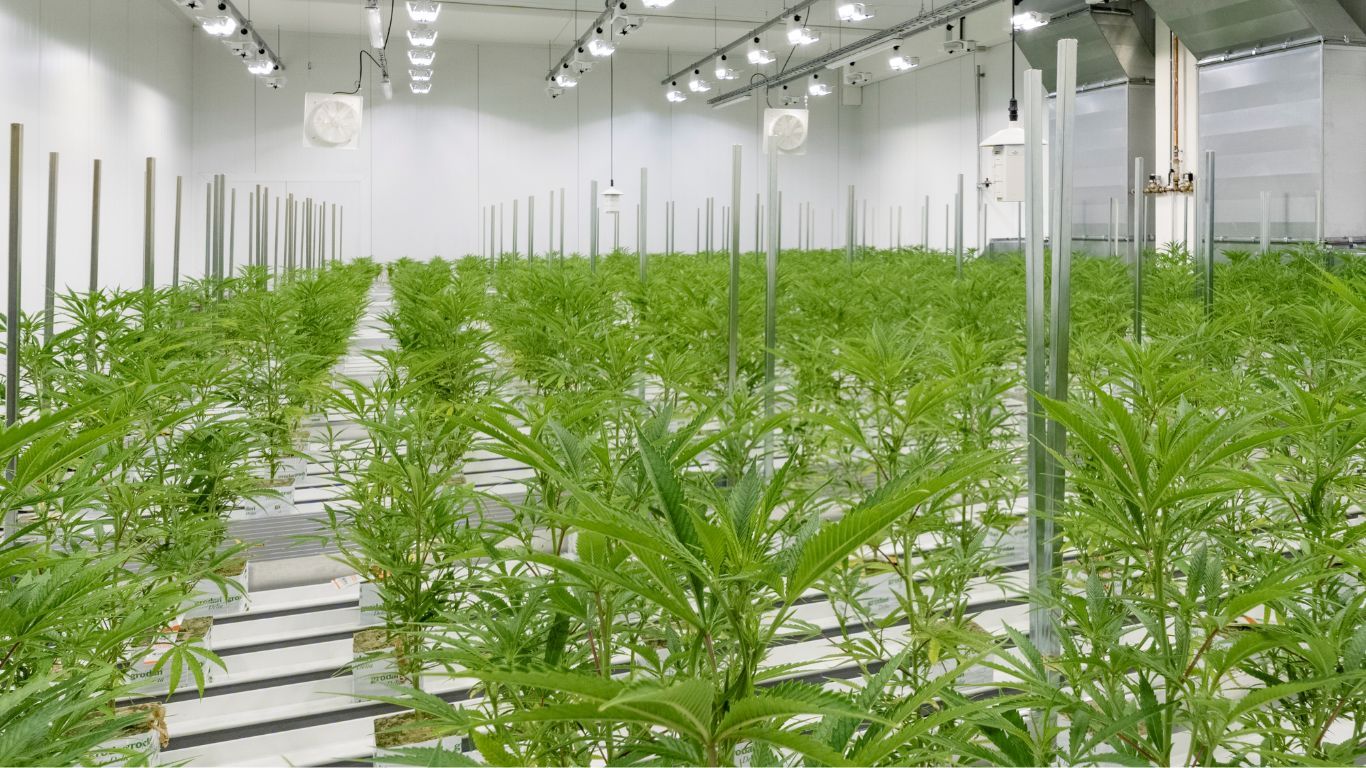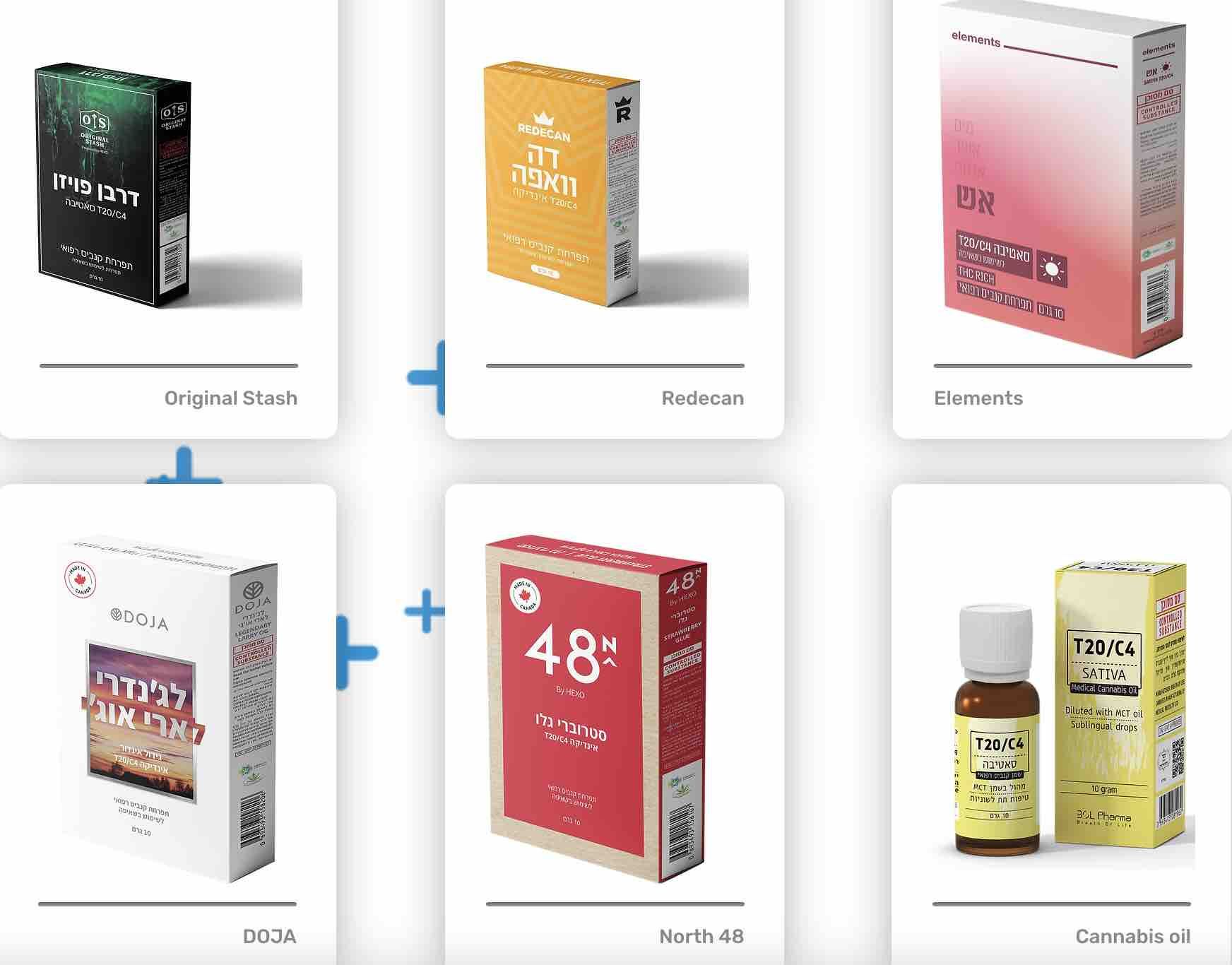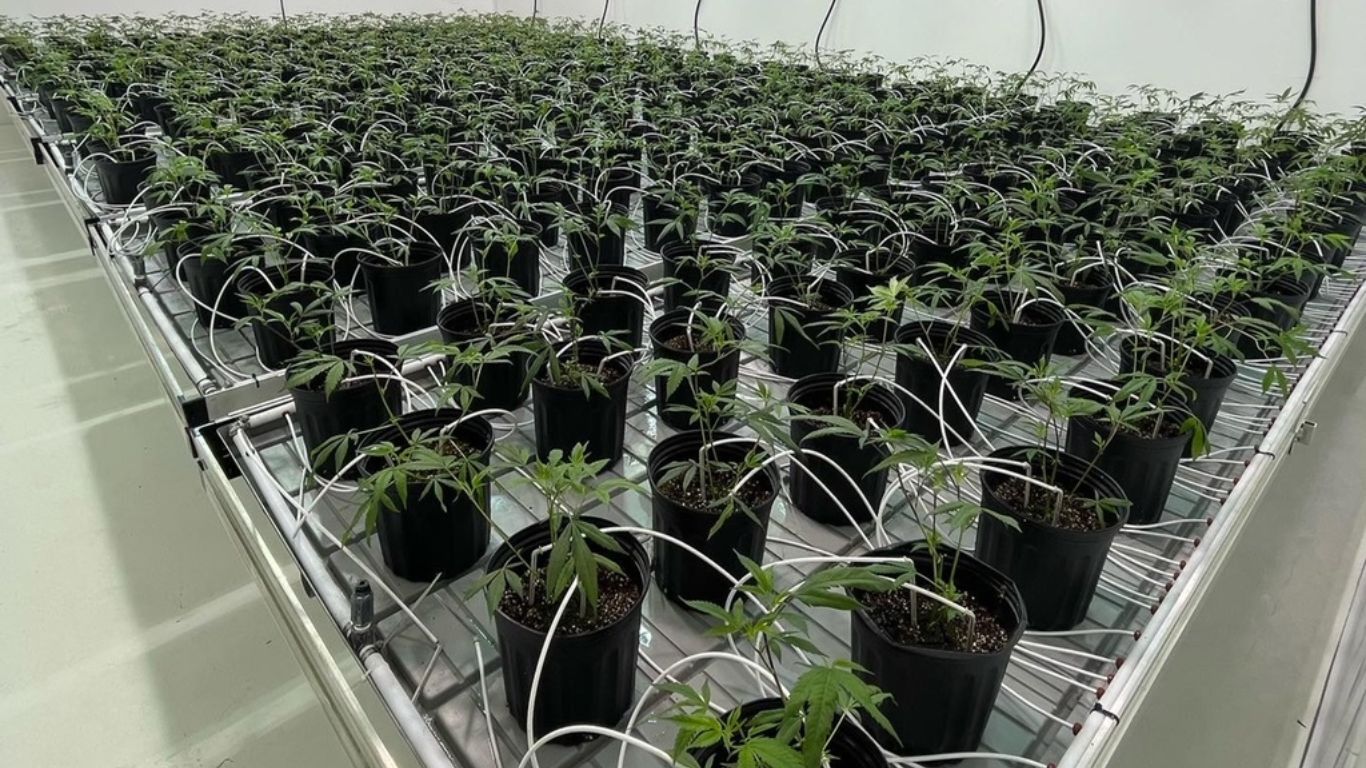
Two of every five dollars spent on legal cannabis in Canada from 2022-2023 went to government budgets.
The federal and provincial governments received $1.9 billion from cannabis sales in the most recent fiscal year, a nearly 25% increase from the previous year.
The figures were shared as part of an April 19 post on cannabis in Canada, with figures from a recently released annual update from the federal agency.
In addition to the $1 per gram excise tax applied to any cannabis sold into a provincial market—with 75% of this given to the provinces in which those products are sold—there are different provincial taxes and fees added to cannabis. In addition, many provinces manage cannabis distribution and/or sales, bringing in additional revenue.
The majority of sales of cannabis continue to be dried cannabis flower, accounting for about 65% of the $4.7 billion in sales in the 2022-2023 fiscal year. Cannabis extracts, however, represented most of the nearly 16% growth in cannabis sales from the year prior: a 59% increase in sales within the extracts category.
Fewer than 10% of adults in Canada consume cannabis on a regular basis
Canadians under about 45 were more likely to consume cannabis than those younger. About one-third of adults aged 18 to 24 years (38.4%) and 25 to 44 years (34.5%) reported using cannabis over the course of the previous 12 months, compared with just 15.5% of adults aged 45 years and older reporting cannabis use in the past 12 months.
These figures were even lower for those consumers who used cannabis on a more regular basis. Only about 10% of adults aged 18-44 reported using cannabis daily or almost daily, about twice as much as those 45 and older.
In comparison, about 75% of Canadians 15 years of age or older reported consuming alcohol between 2008 and 2017. This number was even higher for those between 20 to 24 years old.
Of those who said they had purchased legal cannabis in the past year (2022-2023), 71.7% said they bought it exclusively from legal sources. Product safety was the most commonly provided reason for choosing legal cannabis at 38%, while convenience and desire to follow the law were 16.9% and 12.9%, respectively.
The 2022-2023 fiscal year represented the first year cannabis producers in Canada sold less cannabis than the year prior, a 2.9% decrease. Cannabis sales and supply may have reached a potential saturation point following several years of consecutive growth.
Halifax smokes the most weed, but Toronto and Vancouver are catching up
In addition to surveying cannabis consumers, Canada has also used samples of wastewater in major cities to measure things like cannabis use since 2019.
Based on these samples in Toronto, rates of users showed the most significant increase in cannabis, up 85.2% in 2023 compared to 2020, followed by the Metro Vancouver region, increasing 56% from three years prior.
While Halifax has consistently had the highest average cannabis levels in wastewater nationally since data collection began, they had the smallest increase (+27.5%) among participating municipalities from 2020 to 2023.
Unsurprisingly, cannabis-related arrests have continued to decline in Canada since legalization in 2018. There were 10,824 total cannabis-related offences in Canada in 2022, with 67% of them related to the illegal import or export of cannabis, while just 12% were for possession.
It is legal in Canada to possess up to 30 grams of cannabis in public. Cannabis can be transported in a vehicle but cannot be accessible to the driver.











